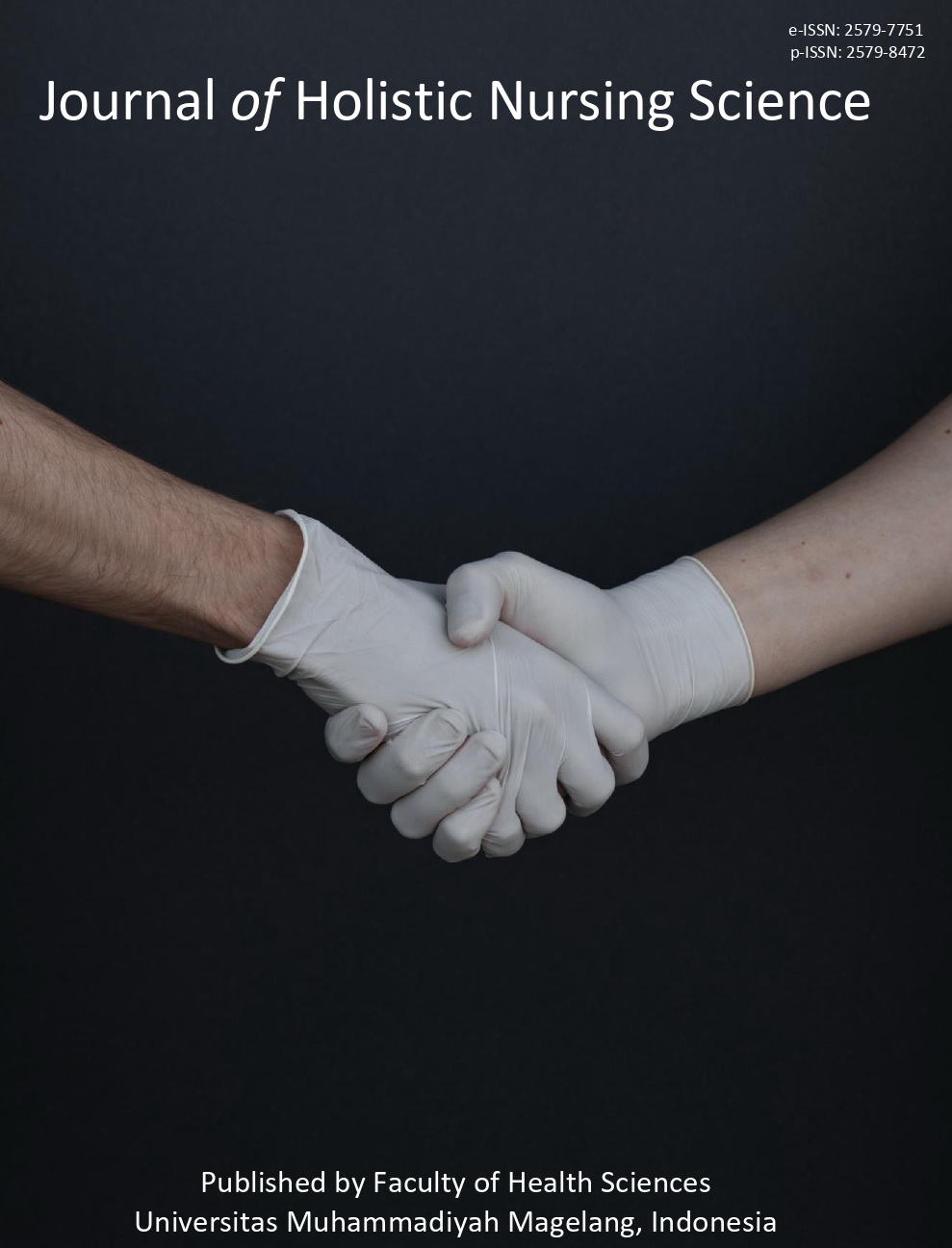A preliminary study of ecosmart intra venous system on patients’ comfort
Main Article Content
Abstract
Intravenous fluid therapy may cause discomfort to patients most of the time. More research and innovation are needed to develop infusion devices to provide a more comfortable feeling for patients receiving the therapy. This preliminary study analyzed the effect of economical and smart (ecosmart) infusion systems on comfort in healthy adults. The one-group post-test-only design was used in this pre-experimental investigation. A range of ages, gender, body weight, body temperature, and normal blood pressure selected participants. An independently created, valid, and reliable tool was used to measure comfort. Data analysis employed a t-test on a single sample. Fifteen nursing students are participating as sampling objects. The average comfort score for the study's participants was 11.2 (SD = 2.5967; p < 0.05). The result indicates that the participants are at ease using the ecosmart system. The respondents' sense of comfort related to the instrument showed comfort or relaxation.
Keywords: Nursing care; ecosmart; comfort; patient-centered care; hospital; fluid therapy
Downloads
Article Details

This work is licensed under a Creative Commons Attribution-NonCommercial 4.0 International License.
Authors who publish their articles in JHNS retain full copyright of their work. JHNS does not require authors to transfer their copyright to the journal or Universitas Muhammadiyah Magelang as the publisher. The authors grant JHNS a license for the first publication.
